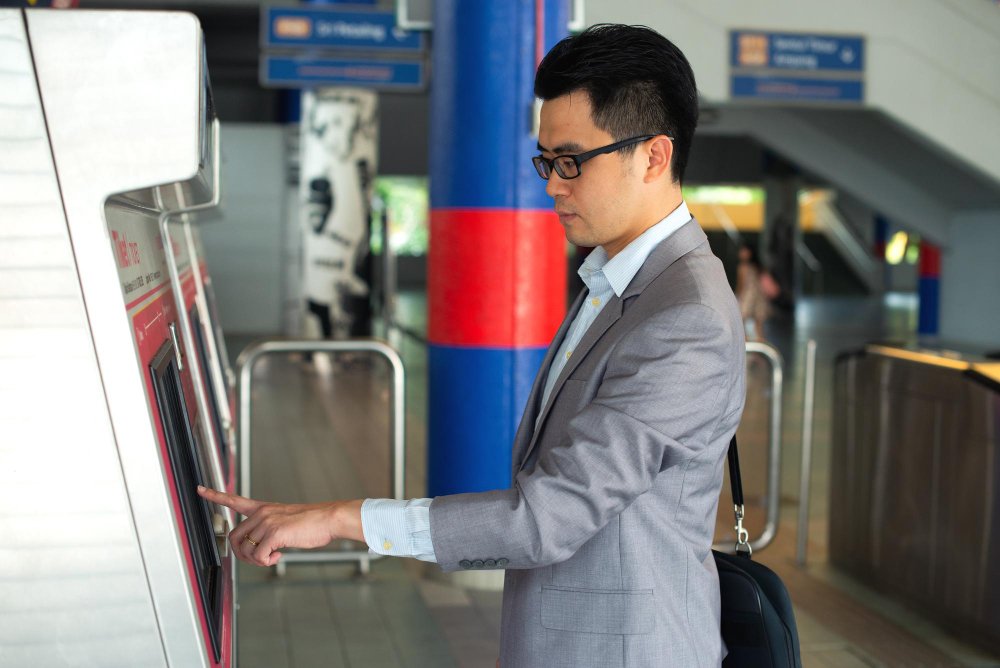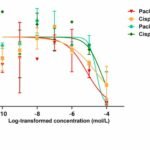Modern facilities are shifting from basic access control to intelligent, data-driven management systems. In this evolution, a Turnstile System Philippines plays a crucial role not only in securing entry points but also in collecting valuable operational data. Each entry, exit, and movement tracked by turnstiles contributes to actionable insights that can enhance efficiency, security, and overall decision-making. Through effective data collection, organizations gain the ability to optimize processes, anticipate challenges, and continuously improve how people and spaces interact.
Understanding the Power of Data in Turnstile Systems
Beyond Access Control: The Value of Data Insights
Turnstile systems were once designed purely for physical control—allowing or restricting passage. Today, their role has expanded to include data collection that supports informed management decisions. Every scan, swipe, or recognition event generates information about user behavior, peak hours, and traffic distribution. By analyzing this data, organizations can improve how they allocate resources, manage staff movement, and enhance visitor experience. A turnstile system Philippines equipped with data analytics becomes a central component of smart facility management.
Real-Time Monitoring for Smarter Operations
Modern turnstile systems integrate with digital dashboards that provide real-time monitoring. Managers can instantly see how many people are inside a facility, which areas experience congestion, and whether any access irregularities occur. This continuous stream of data allows immediate operational adjustments, such as opening extra lanes or redistributing staff. In fast-paced environments, real-time data from a turnstile system Philippines helps organizations make proactive decisions that improve efficiency and security.
Strengthening Security through Data Accuracy
Accurate entry and exit records enhance accountability within a facility. Whether for corporate offices, schools, or transport hubs, maintaining an exact log of who enters and exits ensures better security control. Historical data also aids investigations by providing traceable records. This reliability transforms a turnstile system Philippines into not just a gatekeeping tool but a dependable source of verifiable information for compliance and safety.
Types of Data Collected by Turnstile Systems
Traffic Volume and Flow Data
One of the most valuable metrics from a turnstile system is the measurement of traffic volume. Understanding how many individuals pass through a specific gate at given times helps optimize system capacity and prevent congestion. This data also helps predict peak hours and supports decisions about staffing and facility layout. For example, in business centers or universities, analyzing daily flow patterns allows management to plan better schedules and infrastructure improvements.
User Authentication and Identity Data
Turnstiles equipped with biometric or RFID systems collect secure identity data for authorized personnel or visitors. This information allows administrators to track who accessed particular zones and at what time. When paired with human resources or attendance systems, the turnstile system Philippines can automatically log attendance, reducing administrative effort and preventing timekeeping errors. User data also helps identify anomalies such as unauthorized attempts or repeated failed entries.
Operational and Maintenance Data
Apart from tracking human activity, turnstiles also record operational data such as usage frequency, system uptime, and mechanical wear. This information enables predictive maintenance—alerting teams before issues escalate. Instead of reacting to failures, facilities can schedule timely inspections, minimizing downtime. With this level of precision, a turnstile system Philippines becomes a self-monitoring asset that enhances reliability and lowers maintenance costs.
Using Data to Improve Management and Efficiency
Enhancing Resource Allocation
Collected data provides insights into how spaces are used throughout the day. Facilities can adjust cleaning schedules, staffing, and security deployment based on traffic patterns. For example, high-traffic entry points may require additional personnel during rush hours. Through these insights, an organization can improve productivity and reduce inefficiencies. A data-informed turnstile system Philippines ensures every resource is allocated based on actual usage, not assumptions.
Streamlining Administrative Workflows
Automating data collection simplifies recordkeeping and eliminates redundant manual work. Integration with HR and visitor systems ensures that attendance, access permissions, and reports are automatically generated. Managers can quickly retrieve attendance logs, visitor reports, and compliance data without time-consuming manual verification. This seamless data flow enables smoother operations and allows teams to focus on higher-level decision-making instead of repetitive administrative tasks.
Supporting Compliance and Reporting Requirements
Certain industries, such as manufacturing and finance, require strict compliance with access and security standards. Data logs from turnstiles provide verifiable documentation for audits and regulatory reviews. Comprehensive records demonstrate that proper safety protocols are consistently followed. For organizations in the Philippines, an intelligent turnstile system Philippines helps maintain compliance with both internal policies and government-mandated security regulations.
Integrating Data with Other Management Systems
Linking with Building and Security Platforms
Turnstile data becomes even more powerful when integrated with broader building management systems. Linking it with surveillance, fire safety, and lighting controls allows for automated responses based on occupancy. For instance, lights and HVAC systems can adjust automatically depending on room usage detected by the turnstile system Philippines. This synergy reduces energy waste, improves comfort, and strengthens overall facility efficiency.
Coordinating with Human Resource Systems
In office settings, turnstile data can synchronize with HR software to streamline timekeeping and employee tracking. Attendance data is recorded automatically as employees pass through, eliminating manual logs and reducing errors. HR teams gain access to accurate working-hour data, which simplifies payroll processes. This integration between HR and the turnstile system Philippines creates a transparent, data-backed workflow that enhances both efficiency and accountability.
Data Sharing for Strategic Decision-Making
Aggregated data across departments supports executive decision-making. Management teams can use insights from access data to plan expansions, assess facility usage, or evaluate performance. Over time, patterns from the turnstile system Philippines reveal which areas attract the most activity, guiding space planning and investment. This alignment between data and strategy strengthens an organization’s long-term operational outlook.
Future Trends in Turnstile Data Optimization
AI and Predictive Analytics
Artificial intelligence (AI) is transforming how facilities interpret data. AI algorithms can detect unusual movement patterns, forecast crowd surges, and even predict maintenance requirements before breakdowns occur. This predictive capability helps organizations stay ahead of potential issues. As AI continues to evolve, the turnstile system Philippines will play a larger role in creating adaptive, self-learning environments that operate with minimal manual oversight.
The Rise of IoT and Cloud Connectivity
The Internet of Things (IoT) and cloud technology are expanding how turnstile systems store and share data. Cloud-based platforms allow remote access to live dashboards and reports, providing real-time insights to management teams anywhere. IoT-enabled sensors connect multiple systems across a facility, creating a unified data network. This integration enhances coordination and makes the turnstile system Philippines a cornerstone of connected, intelligent infrastructure.
Key Takeaway
Data collection is at the heart of optimizing facility management with a turnstile system Philippines. Beyond controlling entry, modern systems generate insights that improve efficiency, strengthen security, and streamline decision-making. Through integration with digital platforms, AI, and IoT, turnstile data becomes a valuable management asset that drives smarter, faster, and more informed operations. By embracing this data-driven approach, organizations in the Philippines can turn everyday access control into a strategic tool for long-term growth and operational excellence.
Related Reads
- Discover Effective Stem Cell Treatment from Singapore for Long-Lasting chronic Joint Pain Relief
- Understanding the Finer Points of Golf Shafts for Sale
- How After-Sales Service Defines a Good TV Brand
- What’s the Cost of Pets and Bird Removal in Alpharetta?
- Seamless Transport Solutions from Birgunj to Hetauda – Reliable Passenger & Cargo Services in Nepal



